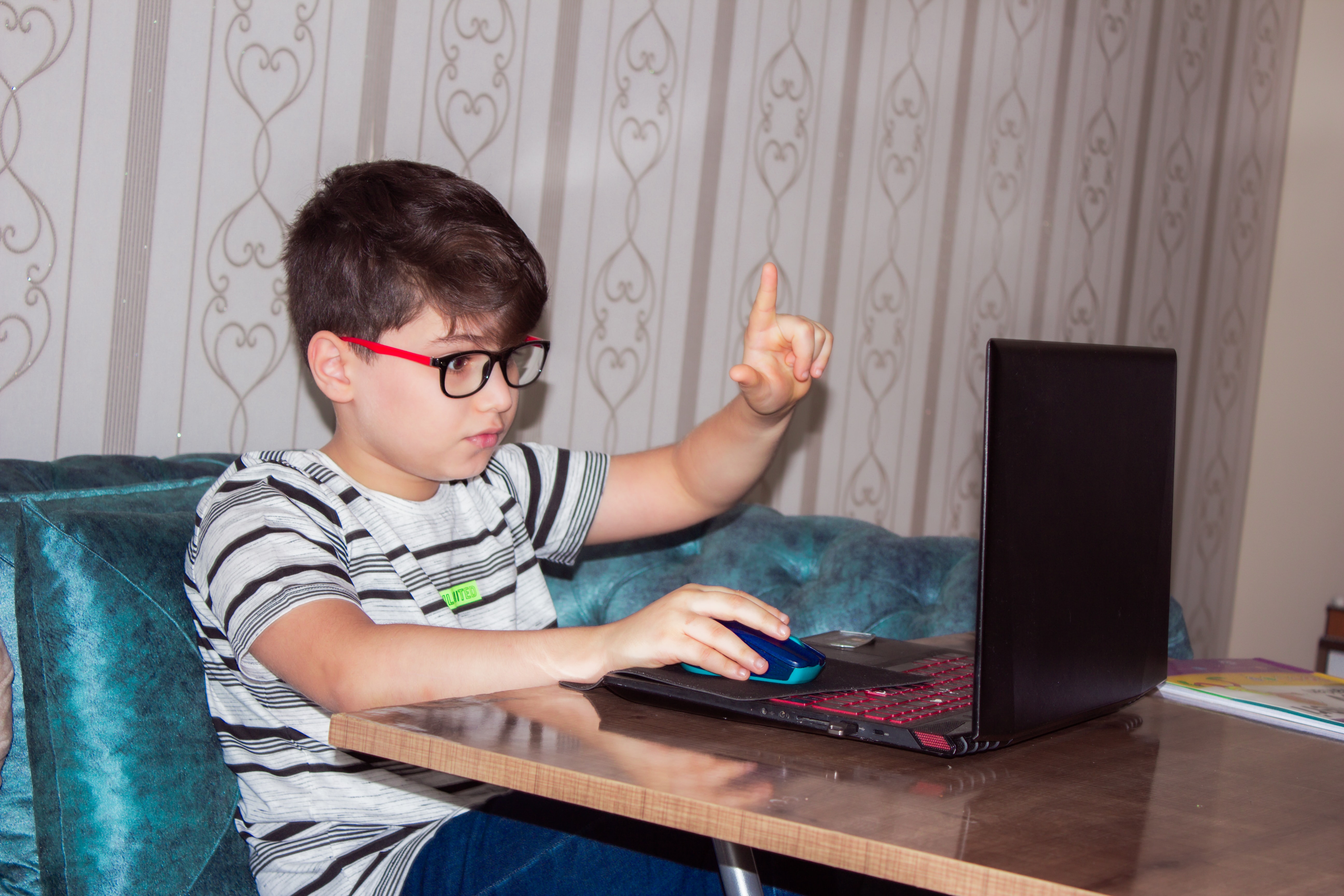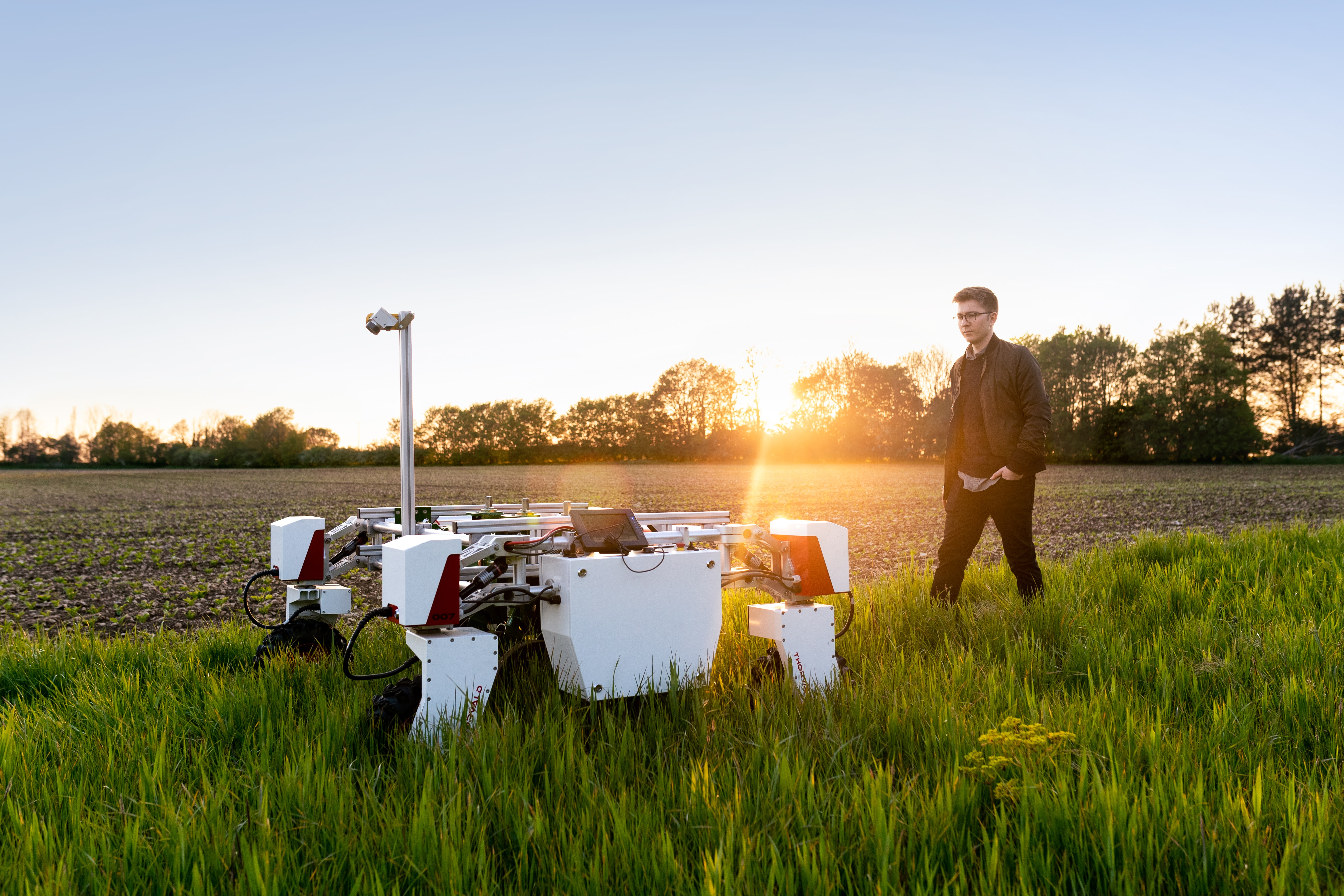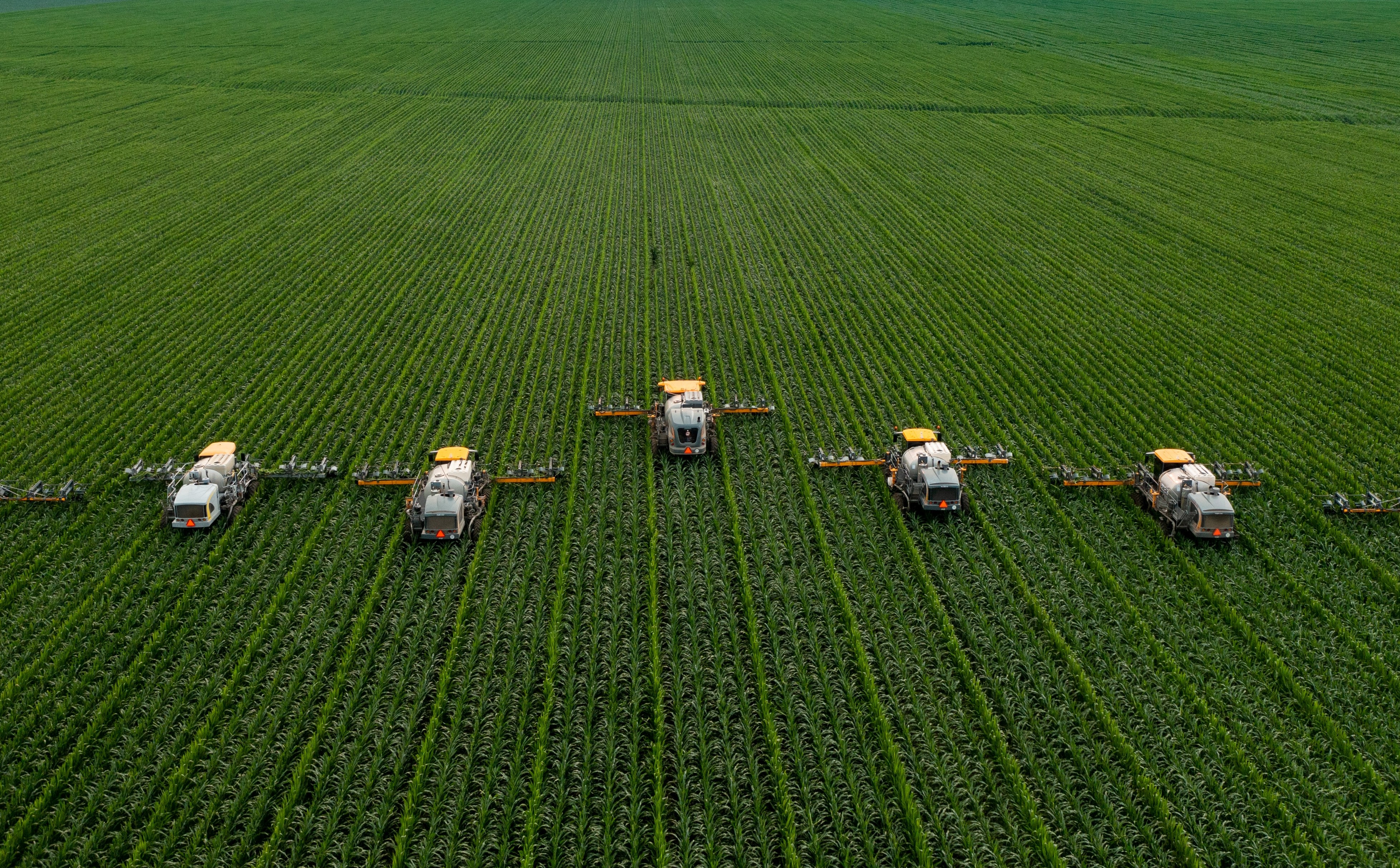Eucast and Clovity Have A Solve For Telehealth, Smart Farming & Distant Learning In Areas That Have Low Or No Cell Signal
According to the FCC, nearly 17 million school children lack home internet access. This became a problem during the pandemic when families had to scurry to find a connection so their children could attend school, or worse, miss out on the teacher-led content and have to settle for learning from their parents with printed copies of the curriculum.  Either situation was not scalable and could not last without major impacts on learning and retaining the content without being left behind.

According to the Pew Research Center, 44% of adults in households with income es below $30,000 lack internet. In underserved and low-income households this is the reality. Nationally and among all income levels, 78 percent of households subscribe to the internet, but households in both rural and lower-income counties trail the national average by 13 points.
While the government can offer subsidies to help curb the cost, this doesn’t help in areas where there is no broadband, at all. Â
Finding employment, finding education or training, and even finding directions becomes a true life ‘digital divide’ situation. Not having a level playing field impacts the growth of a community not just a single person specifically the connection of ‘smart things.’ During the pandemic, connections to smart whiteboards in schools allowed teachers to transmit data and content to students with connections. People who had healthcare needs saw a rise in wearable devices that could transmit health information directly to their healthcare providers vs in-person appointments. Telemedicine surged during the pandemic because it was ‘touch-less’ and thus allowed a greater adoption of wearable technology and secure transmission of their health data. But for communities in the rural and very rural areas, this was lacking due to having low or no broadband coverage. Â
In the cases of rural farming, including Indian reservations, without a broadband connection, the idea of smart farming is not possible without a broadband connection. Thus, leaving these underserved areas and farmers behind while the rest of the world uses technology to predict crop yields, soil compatibility, and weather patterns and even help farmers decide what to plant based on what would bring the best yield with predictive analytics. These are current real-world capabilities for rural areas with broadband, but not for those without it. Â
EUCAST Global and Clovity have engineered the perfect solution to close the digital divide in underserved, rural, and very rural geographies. The solution is a Private Network that deploys using 5G/LTE and CBRS (Citizens Broadband Radio Service) coupled with the latest in IoT software, which can provide a broadband coverage of a mile to 5 miles and facilitate the collection of data from smart devices all in a single deployment and a single dashboard. Â
The Network
First, let’s unpack the Network side of the solution by referencing the FCC’s expansion of spectrum through the CBRS network. You can read more about that expansion here, Citizens Band Radio Service (CBRS) | Federal Communications Commission (fcc.gov).Â
But in short, this release of the free unlicensed spectrum allows Radio and Core networks the ability to access it and to transmit and use that spectrum for free. This is the cellular spectrum which is very different from Wi-Fi which is not cellular and is shared, good for texts, but not good for business. However, to have priority access to the spectrum you would have to purchase a Priority Access License (PAL), which several of the large telcos and companies did. But in a rural area where there is no signal, there’s no need for priority access because there’s no signal. Meaning no other telecom is broadcasting in those areas so no need to worry about interference with their signals. Aside from generating huge amounts of FCC revenue for selling these licenses, it’s anyone’s guess as to how the FCC is going to regulate overlapping or interfering signals let alone enforce it, but that’s a different topic altogether. Â
The telecom companies will tell you that these rural areas are not financially feasible for them because the price per subscriber if they can pay, is through the roof based on the cost of the infrastructure needed to provide broadband services. To lay down fiber or put-up large towers these days including labor is in the hundreds of millions if not billions. Even though states are now receiving their Federal funding for expanding broadband, they still wouldn’t have enough to cover the cost of fiber to every home. Â
Satellite companies claim they can provide coverage to these same rural areas; however, a satellite solution is unstable in poor weather and can have delays or lag in their transmission. They also require some type of ‘line-of-sight’ to expose the dish to the satellite, without that, their solution won’t work. Â
EUCAST Global is headquartered in Colorado, and they design and manufacture Private 5G and CBRS Network radios coupled with their own 5G/CBRS network core. This means if you purchase an Eucast base station for CBRS (indoor or outdoor), you will own your own network and you can allow anyone to access that network purely based on providing access to them. With a span of a mile to five miles in coverage, the EUCAST network can cover large areas of terrain and a single base station can support up to 200 concurrent users. Â
The Internet of Things (IoT)
As for the ‘smart’ side of the solution, Clovity has engineered its proprietary IoT software that can deploy in a single day. The software is called CSensorNet, and it has embedded Artificial Intelligence and workflow that can support any smart device for farming, education, healthcare, or smart city needs. Smart devices deployed on a farm can include asset trackers, soil monitors, smart cameras for crop monitoring, and weather sensors to name a few. Â

With CSensorNet, farmers can review data at the edge of the Private Network or in any cloud environment. This capability provides farmers with ‘actionable data’ and predictive results. Our Machine Learning algorithms can quickly adapt to ‘what if’ situations. For example, if the soil monitors read below acceptable moisture levels, then the AI can invoke the smart watering system to only water the impacted areas vs the entire crop. Saving on water costs and ensuring the best chances at the highest yield across the farm.Â
Gone are the days of waiting for large telcos to provide fiber everywhere but rather taking the technology of a Private Network and IoT solution into the hands and control of the end user. The technical complexity is now simplified and, in many cases, mainstream in several countries. Â
The digital divide has contributed to the segregation of individuals in society including ethnicity, age, race, and gender. Technology creates new alignments among individuals with access to the internet and those without access. Those with limited access continue to lag hindering their growth and development. Together Clovity and Eucast have engineered an economical solution that can grow with the community and scale to support the next generation of ‘smart things.’
About Clovity
Founded in 2008, Clovity is a San Francisco-based AI and IoT-as-a-Service platform provider powered by their proprietary software called CSensorNet. Clovity also provides IoT Managed Project Teams to help companies scale their IoT workforce in areas of IoT Digital, Cloud, and Data.
Clovity’s IoT and AI platform connects companies to their assets and the world of ‘things’ around them. We have engineered our solution to provide edge computing, artificial intelligence, and cloud-agnostic, coupled with powerful data analytics and data visualization.
Learn more at
https://www.clovity.com
About EUCAST Global
EUCAST Global is the leading force in advanced wireless access technology. EUCAST Global is headquartered in Denver, CO providing Private 5G/LTE/CBRS networks to the private and public sectors. EUCAST provides end-to-end advanced wireless access solutions, consisting of base stations, control servers, and a proprietary 5G core network with network management software. Â
Learn more at


